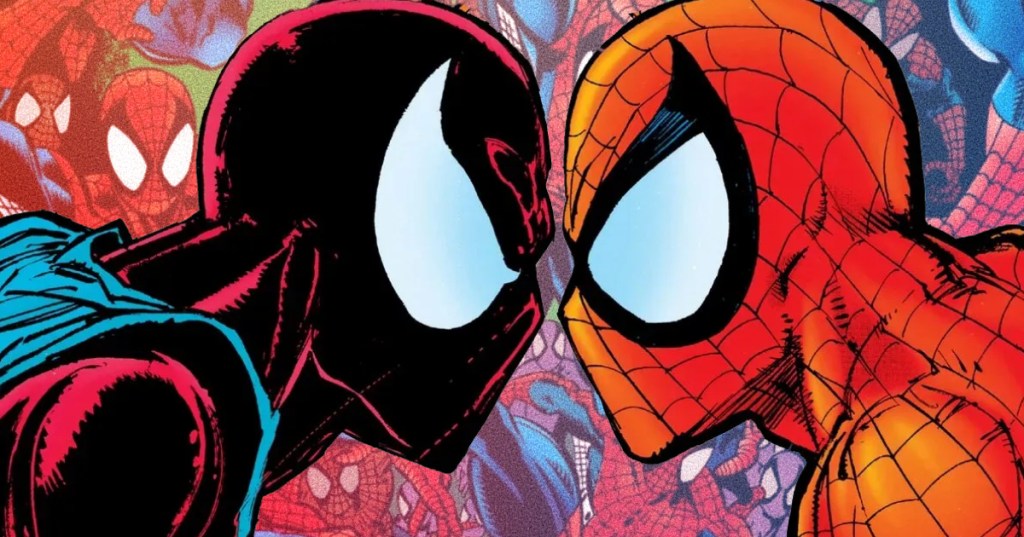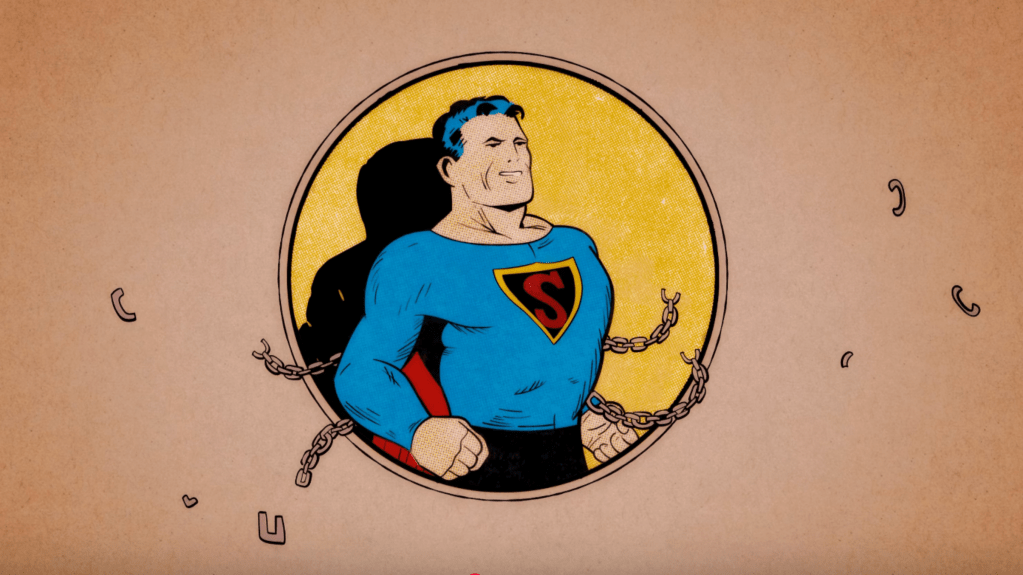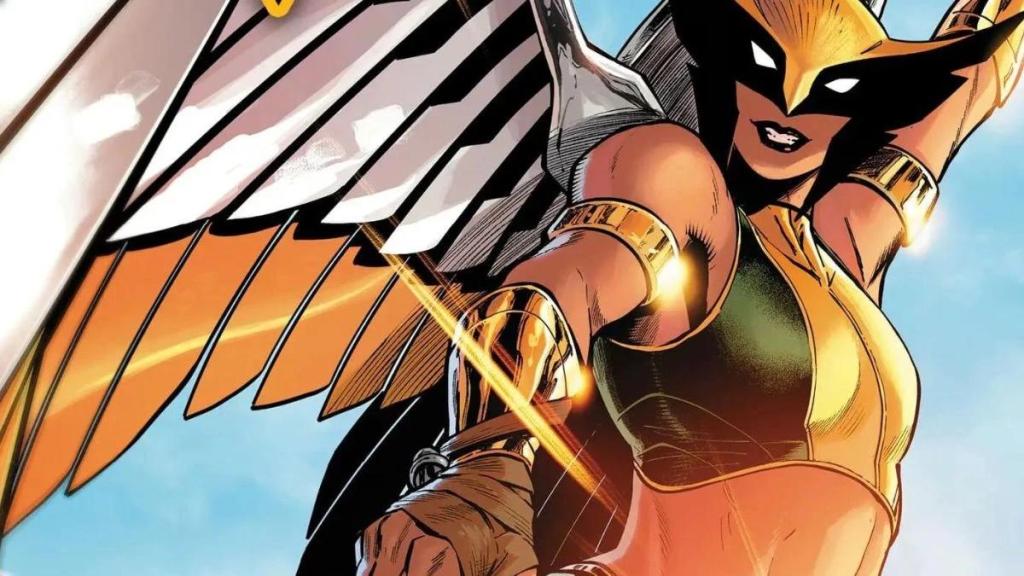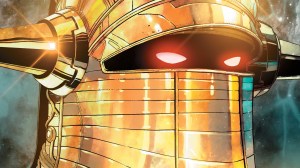
Every so often, the superhero comic book universe experiences a truly revolutionary moment. Few fans can forget jaw-dropping events like the death of Superman at the hands of Doomsday, or the shocking revelation that the true Spider-Man wasn’t Peter Parker, but Ben Reilly. These moments are nothing short of transformational. They not only push characters and storylines into uncharted territory but often also breathe new life into titles that may have grown just a tad bit stale after years — or even decades — of publication. Indeed, the introduction of Superman’s replacement and Ben Reilly’s journey as the Scarlet Spider offered fans fresh subplots to discover, explore, and passionately debate.
However, when editorial and creative adherence to comic book canon and continuity—the twin protectors of the status quo — becomes too rigid, once transformative storytelling can become stunted, confusing, and ultimately alienating for fans. Canon and continuity—essentially the officially accepted version of a story and the effort to maintain consistency across a title’s publication — often serve a legitimate purpose in preserving narrative cohesion and honoring tradition. They provide readers with a reassuring sense of consistency. But when adherence to canon and continuity becomes too strict, it rarely embraces bold or revolutionary ideas without resistance.
The Undeniable Heaviness of DC and Marvel Canon and Continuity

Few can deny that the emergence of the four Superman replacements and Ben Reilly revitalized their respective titles, shocking longtime fans while drawing in new ones. Yet, whatever fresh energy they brought was ultimately undermined when canon and continuity reset everything back to the status quo. As it turned out, Superman wasn’t truly dead — he was just in a regenerative coma that allowed him to heal. Meanwhile, Spider-Man’s convoluted saga revealed that Peter Parker had always been the original web-slinger. All the chaos surrounding Ben Reilly? That could be traced back to the machinations of Norman Osborn, the Green Goblin, who had been presumed dead but returned out of nowhere.
Superman’s and Peter Parker’s returns encapsulate one of the key problems with canon and continuity in comics: creative freedom. In both cases, the creators laid out plausible and compelling ways to update legendary characters for a new generation of fans. Of course, their approaches were disruptive, forcing readers and fans to confront difficult and uncomfortable moments. More controversially, the stories prompted the realization that after spending years investing in a character’s life or a story’s progression, everything one knew or believed about the story was now in question. However, clinging to outdated continuity can also stifle the creativity necessary to keep a title alive decades after its debut.
The Supremacy of Superman’s Story

Superman was created nearly a century ago. No one can argue that the challenges Superman faced in the 1940s are the same he would confront in 2025. Yet, if canon and continuity have the final say, a creator blessed with the opportunity to headline a Superman title today would largely be handcuffed to creating a story that not only must hold true to the original Superman but also incorporate all the canonical elements that have emerged over the nearly 90 years of his existence. As a result, instead of writing the best possible Superman story for its time, the writer is confined to writing a story that fits inside a predetermined narrative box.
Indeed, in a 2013 interview with Bleeding Cool, Fantastic Four and Superman’s Pal, Jimmy Olsen writer Matt Fraction stated that “continuity is the devil.” Similarly, Superman writer Greg Pak noted in an interview with Maclean’s, “As a writer, having to slavishly make sense of too much continuity can kill a story.” Both suggesting that the compulsion to remain faithful to continuity is often a major obstacle to the kind of innovation that elevates a title from mediocre to great
That’s not to say that staying within the bounds of canon and continuity dooms a title to failure. On the contrary, these constraints can actually enhance storytelling — if artistic flexibility is prioritized. The problem arises when the effort to rigidly maintain canon and continuity leads to tired, uninspired storylines that neither creators nor fans truly enjoy.
What Hawkgirl Tells Us About Canon and Continuity

But the challenges of canon and continuity extend beyond the creators — they also pose significant barriers for fans. The commitment to maintaining canon and continuity often means that to fully understand and enjoy current storylines, readers need at least a working knowledge of what came before. Comics with years, or even decades, of lore and backstory can be nearly impossible for new or casual readers to jump into and follow consistently.
Take, for example, Kendra Saunders’ Hawkgirl. Initially introduced with her own distinct narrative, her story eventually became entangled with the legacy of the original Hawkgirl, Shiera Sanders Hall. After Kendra’s attempted suicide, Shiera’s soul took over her body, merging the two characters and complicating the continuity for fans unfamiliar with Hawkgirl’s deep history. Without knowing or researching Sander Hall’s backstory, especially as it connects with Hawkman, fans would miss out on one of the most significant aspects of the Hawkgirl mythos. Without knowing the lore would also make the Kendra Saunders story massively confusing, as readers who grew up with Kendra’s independence might find it strange that she ultimately falls for Carter Hall’s Hawkman. To be sure, fans who were drawn in by Kendra’s trauma, resilience, and independence felt sidelined when she was reduced to a vessel for another character’s soul. Indeed, for those unfamiliar with – or uninterested in – that legacy, her diminished agency was a disappointing narrative choice.
It’s important to emphasize that canon and continuity absolutely have a valuable place in comic books as central influences. On one hand, adherence to them helps build rich, interconnected universes with layered histories, making characters and stories feel meaningful and worthy of fandom’s investment. After all, a Batman without his lore is just a wealthy man using his resources to reshape the world in his image. On the other hand, continuity can actually make the creative process easier. Imagine how much harder it would have been for Frank Miller to craft The Dark Knight Returns if he had to invent Batman entirely from scratch. The problem lies in a rigid, unbending adherence to canon and continuity. This severely restricts legacy heroes’ ability to remain relevant to anyone but the most die-hard fans, and — as a result — slowly but surely diminishes the full-bodied enjoyment of these characters and their stories, to the detriment of all fans. To be sure, the Superman replacements and the Ben Reilly stories were interesting until canon and continuity got a hold of them.
Has canon and continuity killed the comic book star? What do you think?
The post Canon and Continuity Are Killing Comics appeared first on ComicBook.com.


